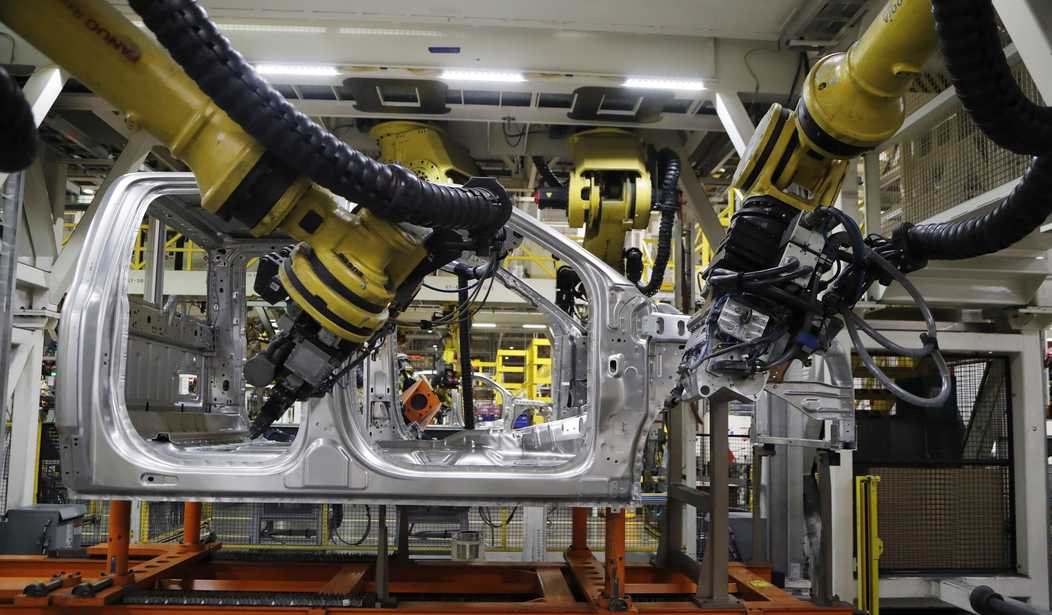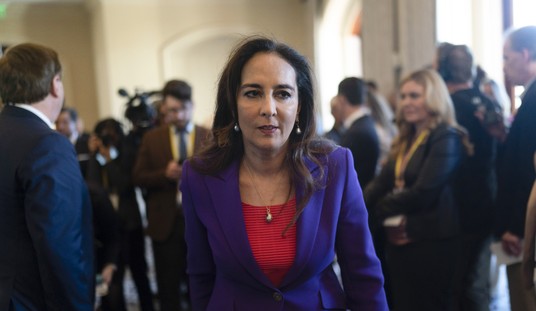The Producer Price Index for July — measuring inflation's cost upstream from consumers — edged down 0.5 percent from June to July, hitting a 9.8 percent rate in the last 12 months. The report showed that gas prices coming down from their all-time highs reached earlier this summer helped ease the topline number, but ongoing price increases in other categories show that inflation is not yet definitively trending downward despite the Federal Reserve's attempts to slow the economy as the U.S. entered a recession.
The core PPI number hit 7.6 percent year-over-year for July's read, a key metric the Fed considers in its interest rate decisions.
Wholesale prices in July falling -0.5% from June, the first month over month decline since April 2020. Up 9.8% from a year ago. Core producer price inflation cooling a bit to 7.6%.
— Dagen McDowell (@dagenmcdowell) August 11, 2022
Mirroring Wednesday's Consumer Price Index release, a 9.0 percent drop in prices for final demand energy was the main driver in the month-over-month decrease, but many of the other items and services needed for producers to manufacture and get their goods to market continued to increase in July.
The PPI reported that prices for processed goods for intermediate demand increased 17.4 percent, industrial chemicals cost 1.9 percent more, and commercial electric power and beef and veal also rose higher.
In terms of unprocessed goods for intermediate demand, cheaper fuel led to a month-over-month drop but over the last 12 months, that index advanced 27.5 percent.
The still-high inflation seen in the PPI means that consumer prices won't be falling off yet — even as AAA reports that Americans have begun reducing their trips and stops at the gas pump in response to the burden high costs and a recession have placed on them, even while prices trend lower. As long as producers are paying more, those costs will continue to be passed on to consumers.
Recommended
While this week's seemingly positive consumer and producer inflation reports that suggest relief from high prices, the dips from previous reports are almost solely due to declining fuel prices, pushed further down by American consumers displaying recession fears while bracing for more economic hardship.
Apart from fuel cost reductions, many other items remain on an upward cost trajectory due to inflation, but the inconvenient data has been ignored by the White House. President Biden declared victory on Wednesday for "zero" inflation in July's consumer index read, Congress is pressing ahead with the falsely named "Inflation Reduction Act," and Democrats are sure to use July's data to justify additional spending proposals.
The Federal Reserve, however, is unlikely to take the bait as Biden and his party's lawmakers have when it determines what to do with interest rates next month. After multiple 75-basis-point increases earlier this summer, the Fed could hike their key rate again, or they could try to back off slightly to a 50-basis-point increase to try limiting damage to the overall U.S. economy — even though a recession has already started following negative GDP growth in the first two quarters in 2022.
Alfredo Ortiz, president of the Job Creators Network, called this week's price index reports "just the latest evidence that ‘Bidenflation’ isn’t going away" and slammed Democrats for moving ahead with plans to "pass a $760 billion spending bill tomorrow that will make inflation even worse."
"The Democrats have created a political burden for themselves, but the financial burden is being paid for by the American people and the small business community, in particular," Ortiz added of the results coming from President Biden's "Build Back Better" agenda.

























Join the conversation as a VIP Member